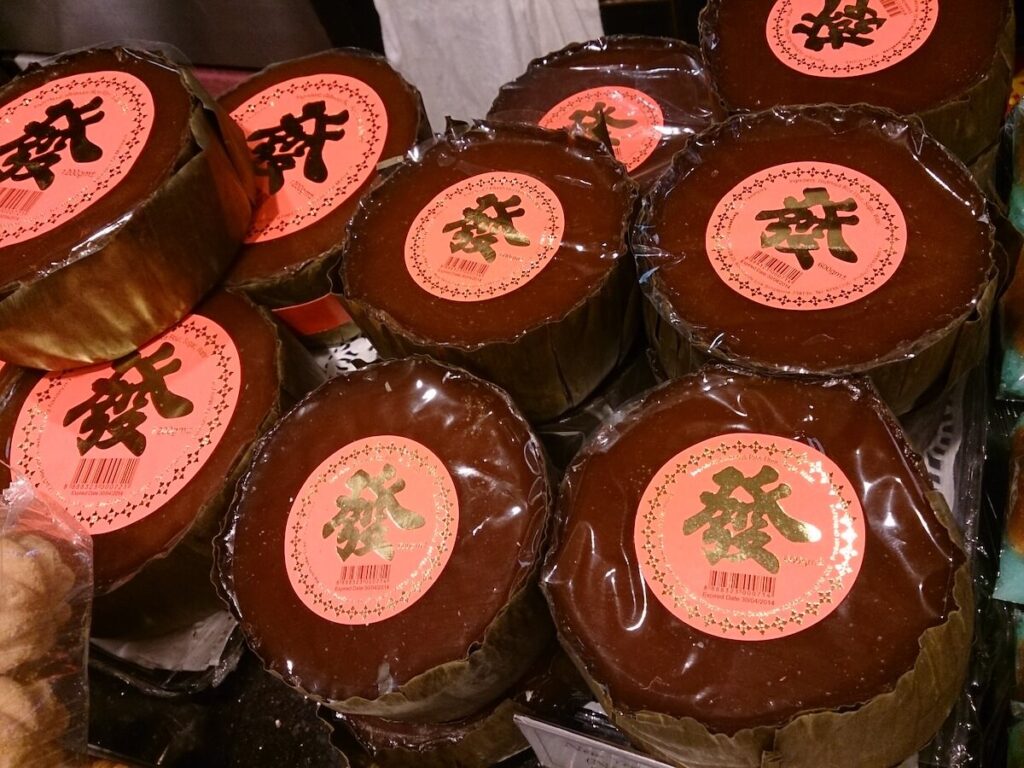
Pamela Cruz. Pen sula 360 Press [P360P].
With a thousand-year-old tradition, Chinese food is a must when it comes to gastronomy. This Lunar New Year is the perfect plan to bring fish, dumplings, spring rolls, rice balls, and Nian Gao to the table.
The New Chinese culture carries with it several traditions; however, when it comes to eating, there are seven foods that cannot be missed, which are present on every table of the descendants of this ancient culture.
Seven, that n
